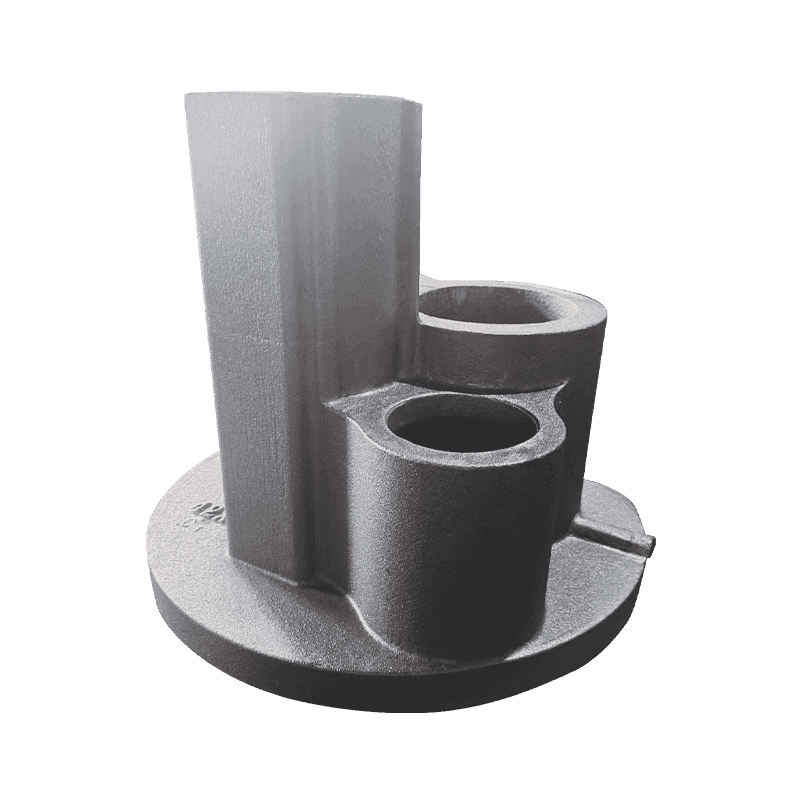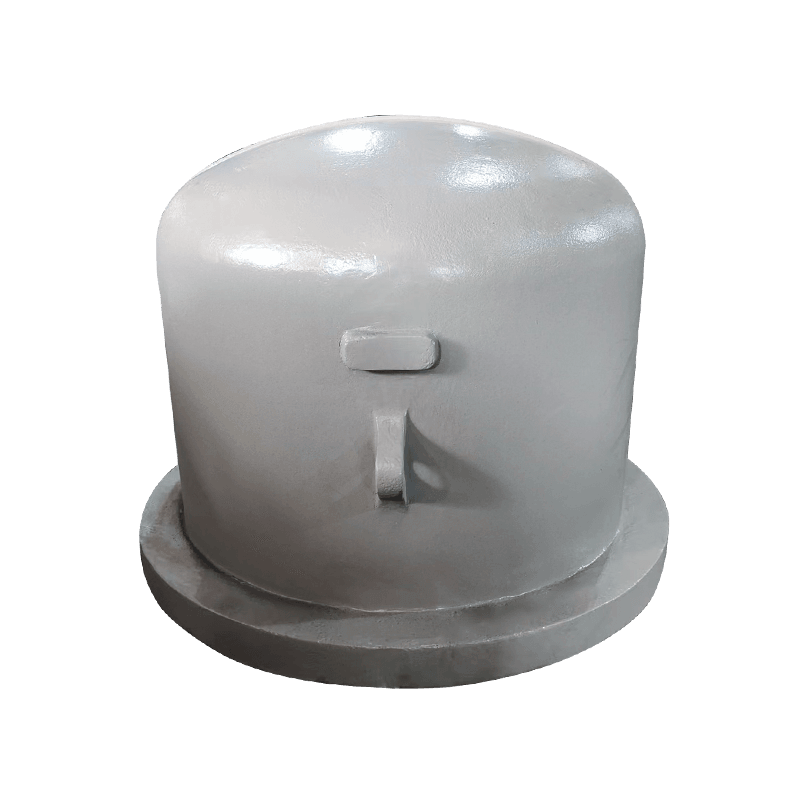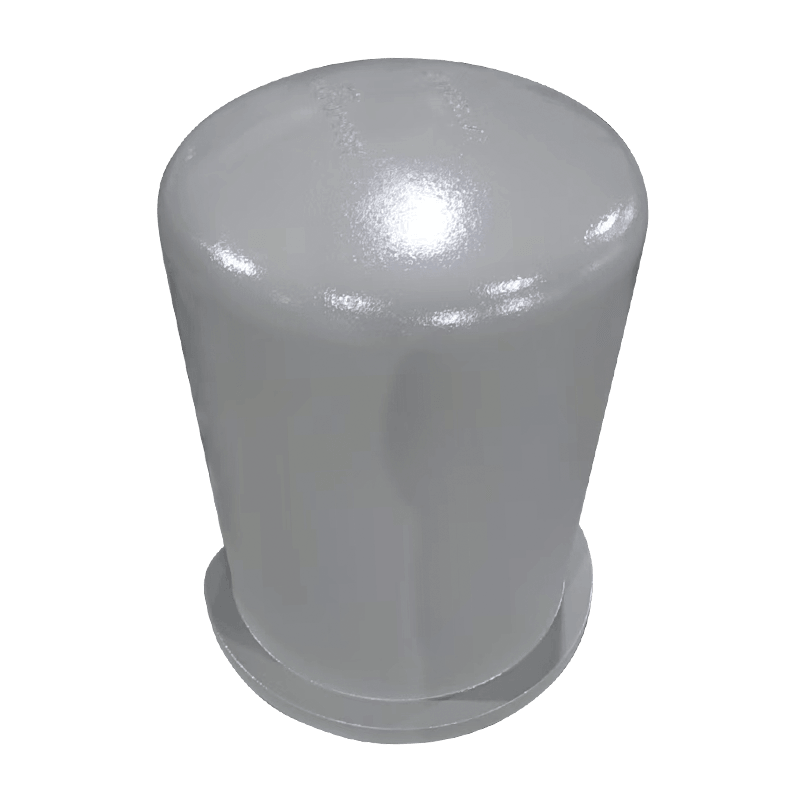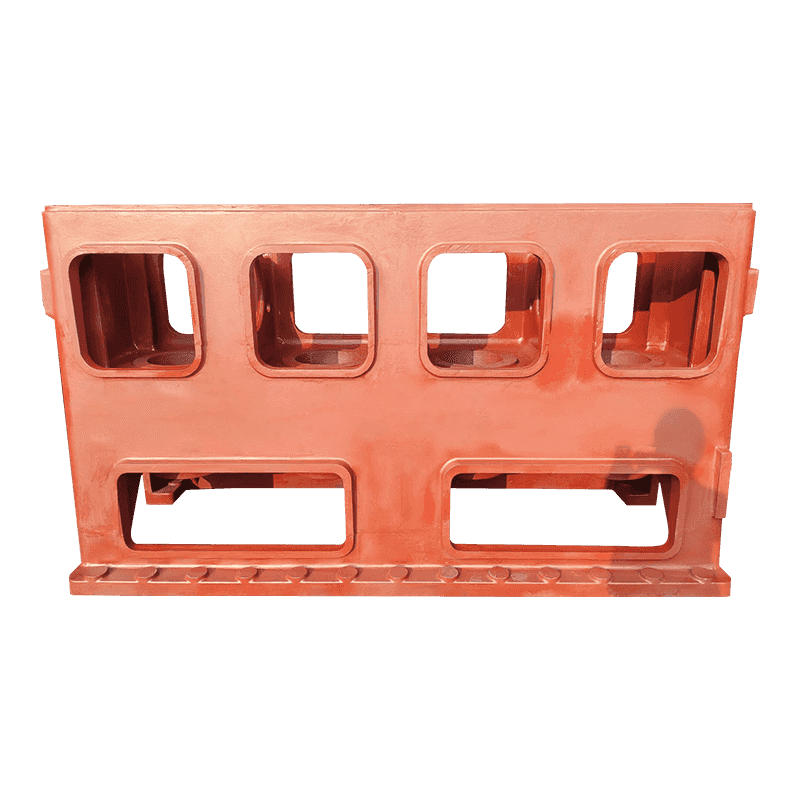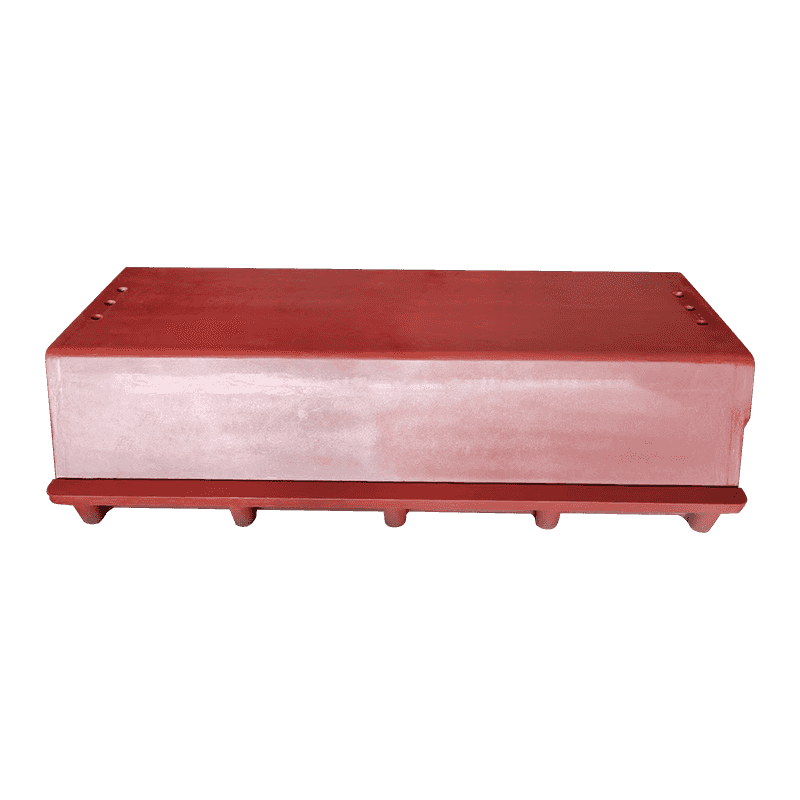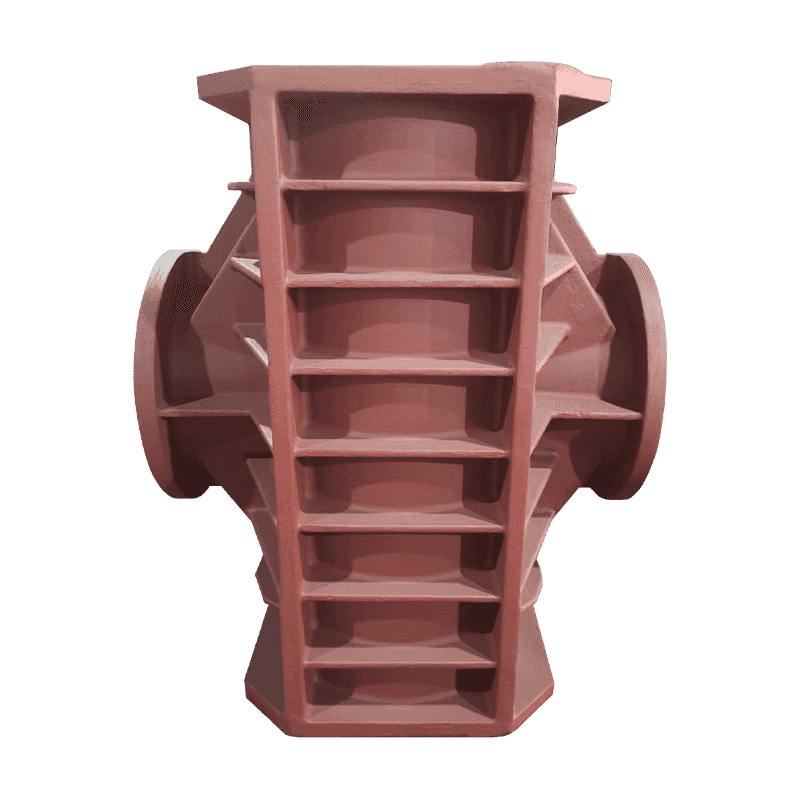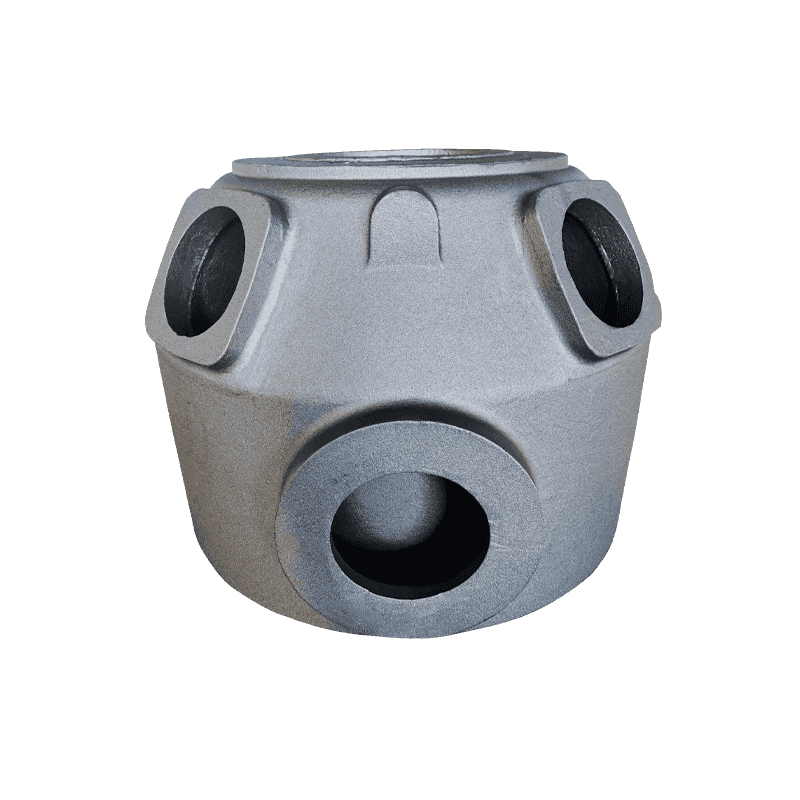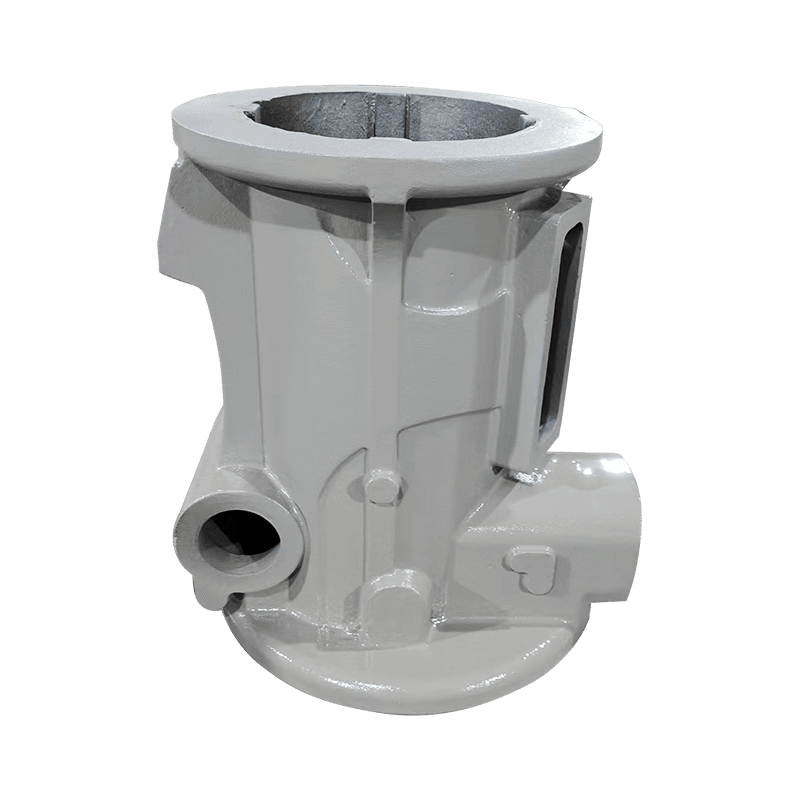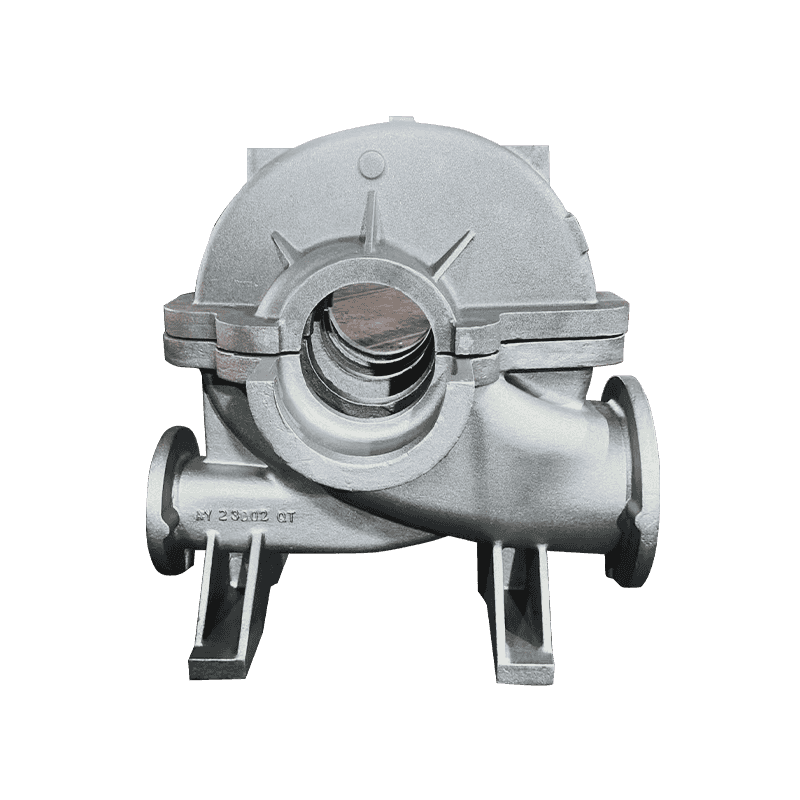1. Strength requirements: the basis for ensuring stable operation of the compressor
As the core component of the bearing support, the strength of the compressor bearing seat is directly related to the overall stability and safety of the compressor. Under high-speed rotation and heavy-load working conditions, the bearing seat must be able to withstand the huge pressure from the bearing, as well as the additional load that may be caused by vibration or impact. Therefore, the selection of high-strength materials becomes a top priority. Such materials usually have excellent yield strength and tensile strength, which can maintain the integrity and stability of the structure under extreme conditions, and prevent structural failure or safety accidents caused by insufficient material strength.
2. Wear resistance considerations: the key to extending the life of the compressor
In addition to strength, wear resistance is also an important part of the selection of bearing seat materials that cannot be ignored. During the long-term operation of the compressor, the friction between the bearing and the bearing seat will cause wear, which will affect the accuracy and performance of the bearing and even shorten the service life of the compressor. Therefore, it is very important to choose materials with good wear resistance. These materials usually have high hardness and good wear resistance, and can maintain a low wear rate during long-term use, thereby extending the service life of the bearing and the compressor. At the same time, reasonable lubrication and cooling measures are also effective means to reduce wear and improve wear resistance.
3. Balance: Comprehensively consider multiple factors to achieve optimal performance
When selecting compressor bearing seat materials, it is necessary to comprehensively consider multiple factors to achieve the best balance between strength and wear resistance. This includes mechanical properties, physical properties, chemical properties, and processing properties of the material. Designers need to comprehensively evaluate the materials according to the specific working conditions and requirements of the compressor, and select the most suitable materials in combination with cost considerations. At the same time, it is also necessary to pay attention to the development trend of materials and the research and development dynamics of new materials, so as to adjust the material selection strategy in time to meet the ever-increasing performance requirements.
In order to improve the wear resistance of the bearing seat, surface treatment technologies such as carburizing and quenching, surface hardening, etc. can also be used. These technologies can significantly improve the hardness and wear resistance of the material surface without changing the overall performance of the material, thereby extending the service life of the bearing seat. At the same time, reasonable structural design and manufacturing process are also important factors to ensure the performance of the bearing seat.
4. Comprehensive consideration of other factors
When selecting compressor bearing seat materials, many other factors need to be considered. For example, the corrosion resistance of materials is particularly important for compressors working in humid or corrosive environments; thermal stability is related to the performance of materials under high temperature or large temperature changes; processing performance directly affects the processing cost and efficiency of materials. Therefore, designers need to consider these factors comprehensively and select the materials that best suit the compressor working conditions and requirements. At the same time, with the improvement of environmental awareness and the strengthening of energy conservation and emission reduction requirements, the environmental protection and sustainability of materials have become increasingly important considerations. When selecting materials, it is necessary to pay attention to the energy consumption and emissions in the production process, as well as the recyclability and reusability of the materials.

